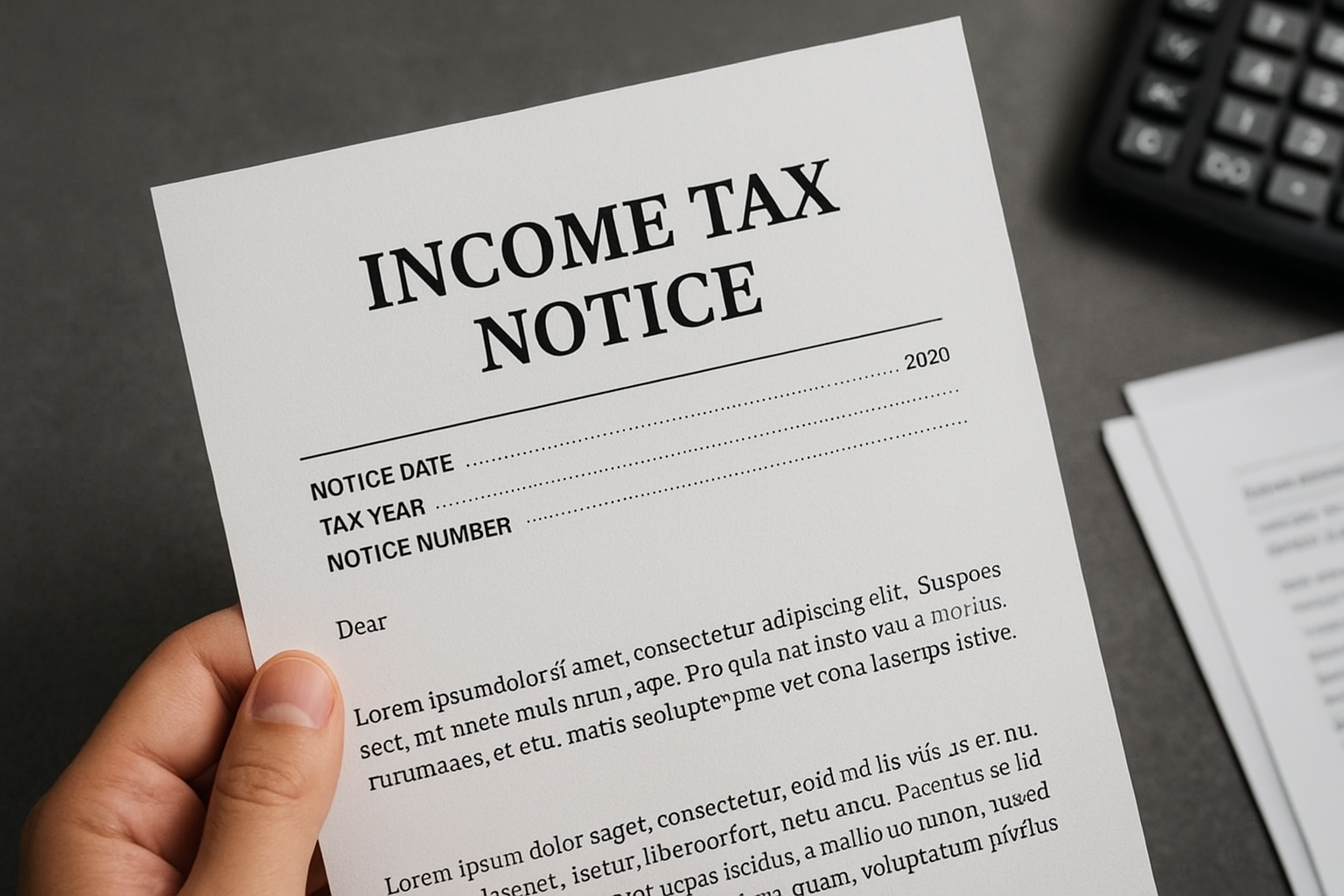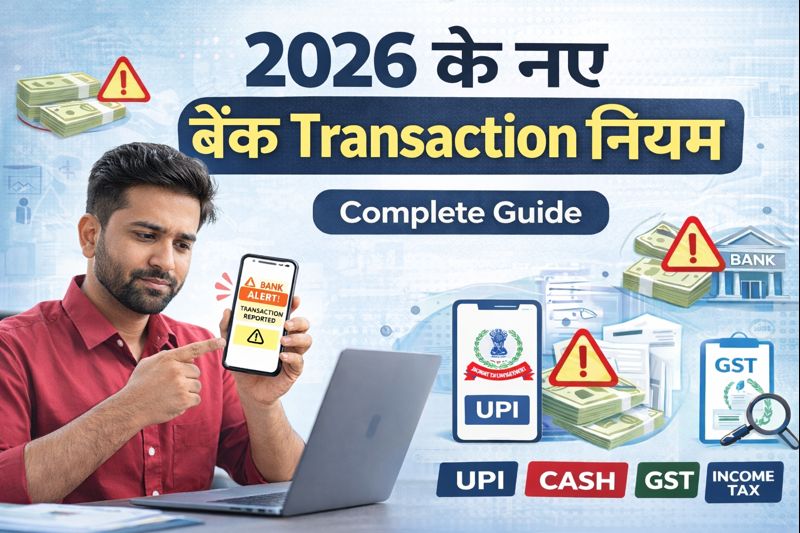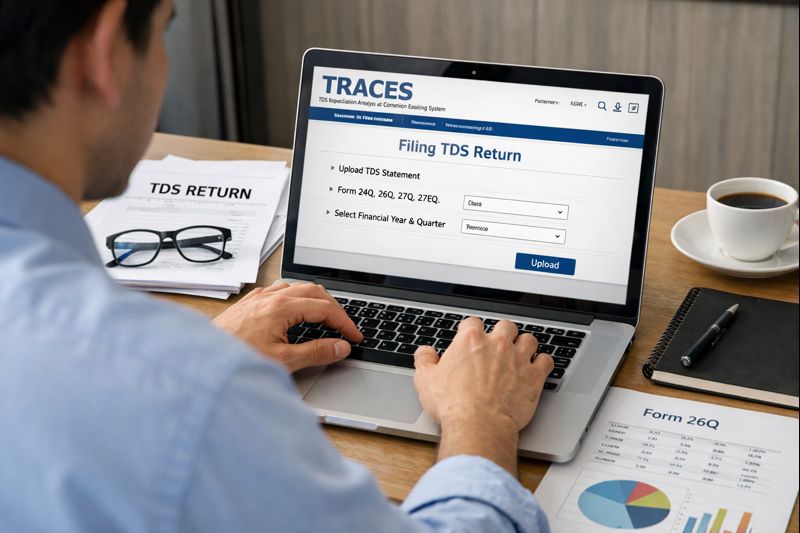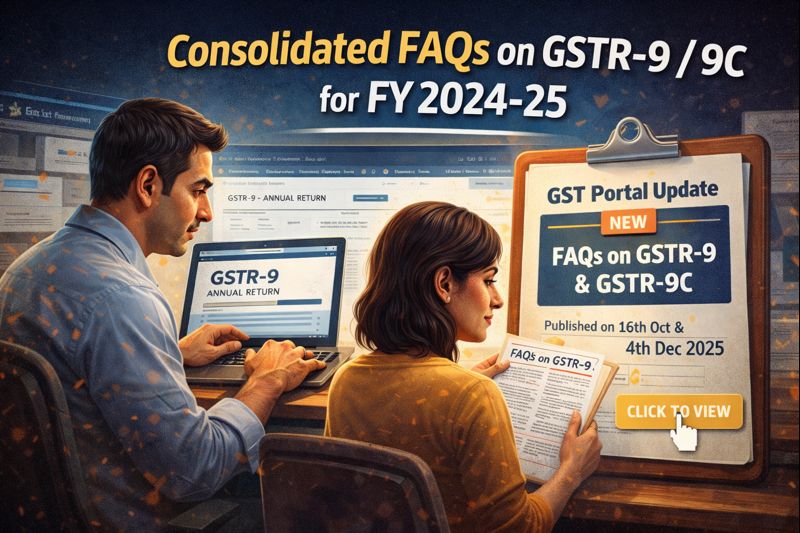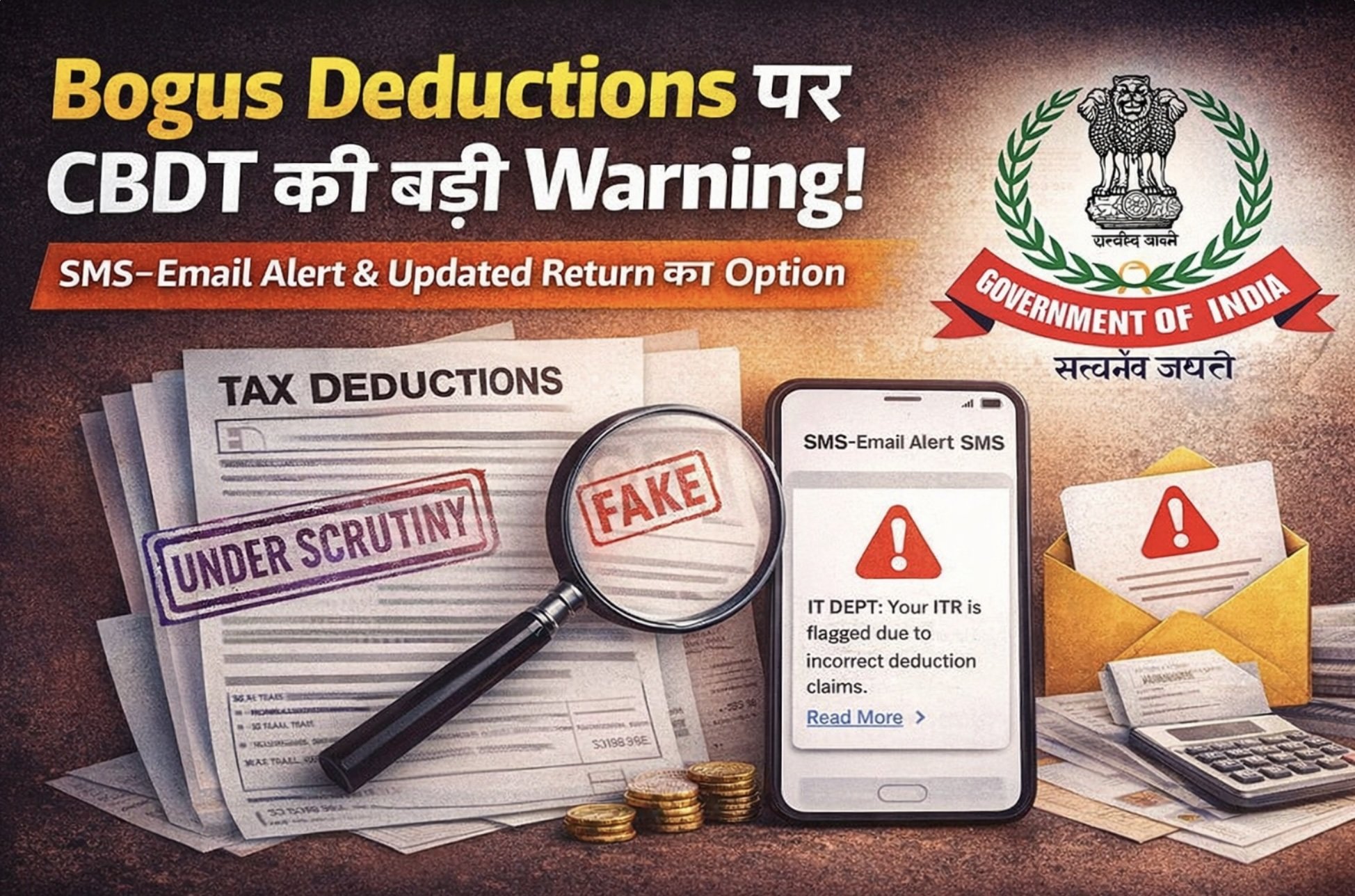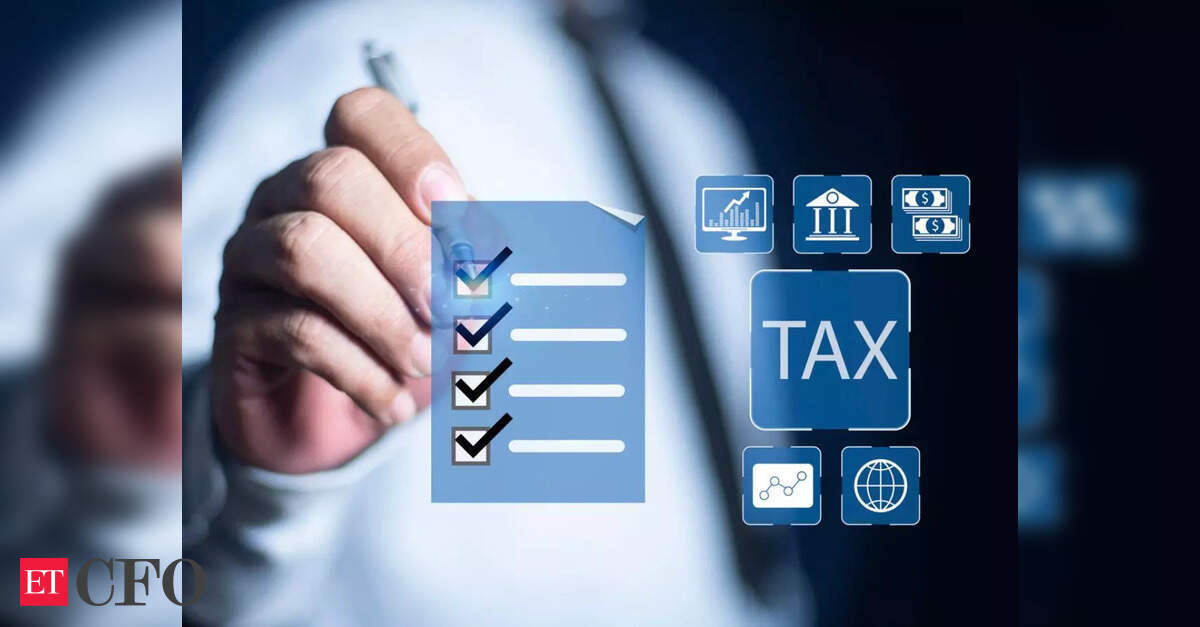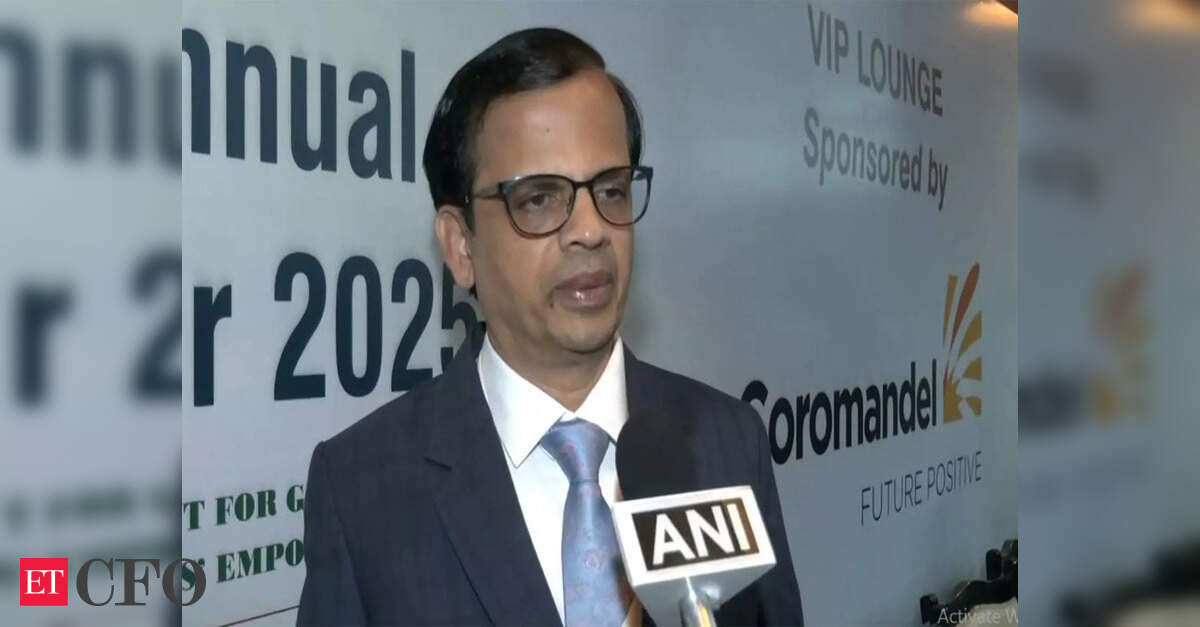📄 Understanding Section 143(3) & 144B of the Income Tax Act – Scrutiny Assessment in India
🔍 What is Section 143(3)?
Section 143(3) provides for a detailed scrutiny assessment by the Income Tax Department. In this assessment, the Assessing Officer (AO) examines the return filed by the taxpayer in depth to ensure the correctness of:
- Total income reported
- Claims of deductions, exemptions, expenses
- Transactions reported in Form 26AS, AIS/TIS, etc.
The AO may ask for further information, documents, and explanations before finalizing the assessment.
💻 What is Section 144B?
Section 144B lays down the faceless assessment procedure, under which assessment is conducted digitally without physical interaction. It ensures:
- Complete transparency and accountability
- Assessment by specialized units (Assessment Unit, Verification Unit, Technical Unit, Review Unit)
- Communication only through electronic mode via the Income Tax portal
⏱️ Time Limits under Section 143(3) and 144B
1. 📬 Time Limit for Issuance of Notice (Section 143(2)):
- Notice under Section 143(2) must be issued within 3 months from the end of the financial year in which the return was filed.
Example:
If you filed your return for AY 2024-25 on 31 July 2024, then the last date to issue notice under Section 143(2) is 30 June 2025.
2. 📅 Time Limit for Completion of Assessment:
| Assessment Year | Timeline to complete assessment under Section 143(3)/144B |
| AY 2022-23 onwards | 12 months from the end of the relevant assessment year |
| AY 2021-22 and earlier | Varies between 21 to 24 months (as per old timelines) |
Example:
For AY 2023-24 (financial year ending 31 March 2023), the assessment must be completed by 31 March 2025.
✅ Reasons for Scrutiny under Section 143(3)
Scrutiny may be triggered due to:
- High-value or suspicious transactions
- Mismatch in income and TDS/26AS
- Disproportionate deductions or losses claimed
- Non-disclosure of foreign income/assets
- Random selection under CASS
- Business irregularities or related party transactions
📁 How to Prepare for Scrutiny
Step 1: Read the Notice Carefully
- Understand whether the notice is under Section 143(2) (scrutiny) or 142(1) (seeking info)
- Note the DIN, Assessment Year, and last date to respond
Step 2: Compile All Supporting Documents
| Income Type | Required Documents |
| Salary | Form 16, salary slips, employer letter |
| House Property | Loan certificate, rent agreement, tax receipts |
| Capital Gains | Sale/purchase deed, broker statements, Demat summary |
| Business/Profession | Books of accounts, invoices, bank statements, audit report |
| Other Income | Interest statements, Form 26AS, AIS/TIS |
| Deductions | Investment proofs (PPF, LIC, ELSS), tuition fee receipts |
| Bank | Statement for full FY |
| Others | Foreign asset details, gift deeds, agriculture income records |
📨 How to Respond under Faceless Assessment
Log in to Income Tax Portal:
https://www.incometax.gov.in
Go to: Pending Actions → e-Proceedings
Access the Notice: Download it and note the specific queries
Prepare Point-wise Reply:
Use simple, structured, and numbered responses for each issue
Upload Supporting Documents:
- Use clear PDFs
- Properly label annexures (Annexure A, B, C, etc.)
Submit Reply: Within the timeline given in the notice
✍️ Sample Reply Format
Subject: Response to Notice under Section 143(2) for AY 2023-24
Respected Sir/Madam,
This is with reference to the notice under Section 143(2) dated [DD/MM/YYYY]. Please find below point-wise response:
Query 1: Discrepancy in salary income
Response: The difference arose due to arrears received in June. Form 16 and computation attached (Annexure A).
Query 2: Claim under Section 80D
Response: Mediclaim premium paid via bank – receipts attached (Annexure B).
… [Continue for other points] …
Regards,
[Your Full Name]
PAN: XXXXXXXX
Mobile: XXXXXXXXXX
Email: yourname@email.com
⚠️ What If You Don’t Respond?
- The AO may complete the assessment ex parte under Section 144
- Income may be estimated on a best judgment basis
- Deductions or exemptions may be disallowed
- You may face penalty or prosecution
🧾 Final Checklist
✔️ Read the notice carefully
✔️ Understand timelines
✔️ Prepare point-wise response
✔️ Gather and upload clear documents
✔️ Submit before due date
✔️ Maintain acknowledgment
Visit www.cagurujiclasses.com for practical courses
